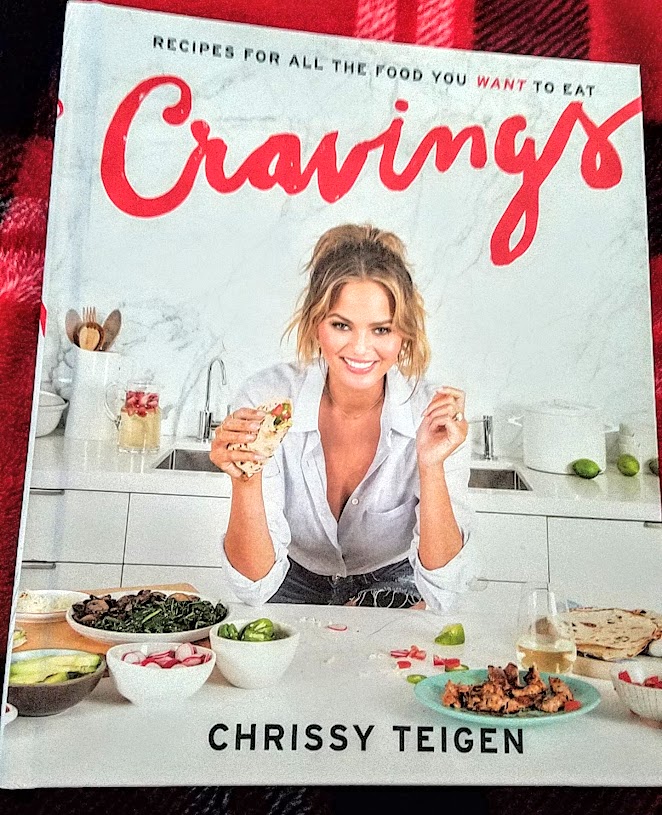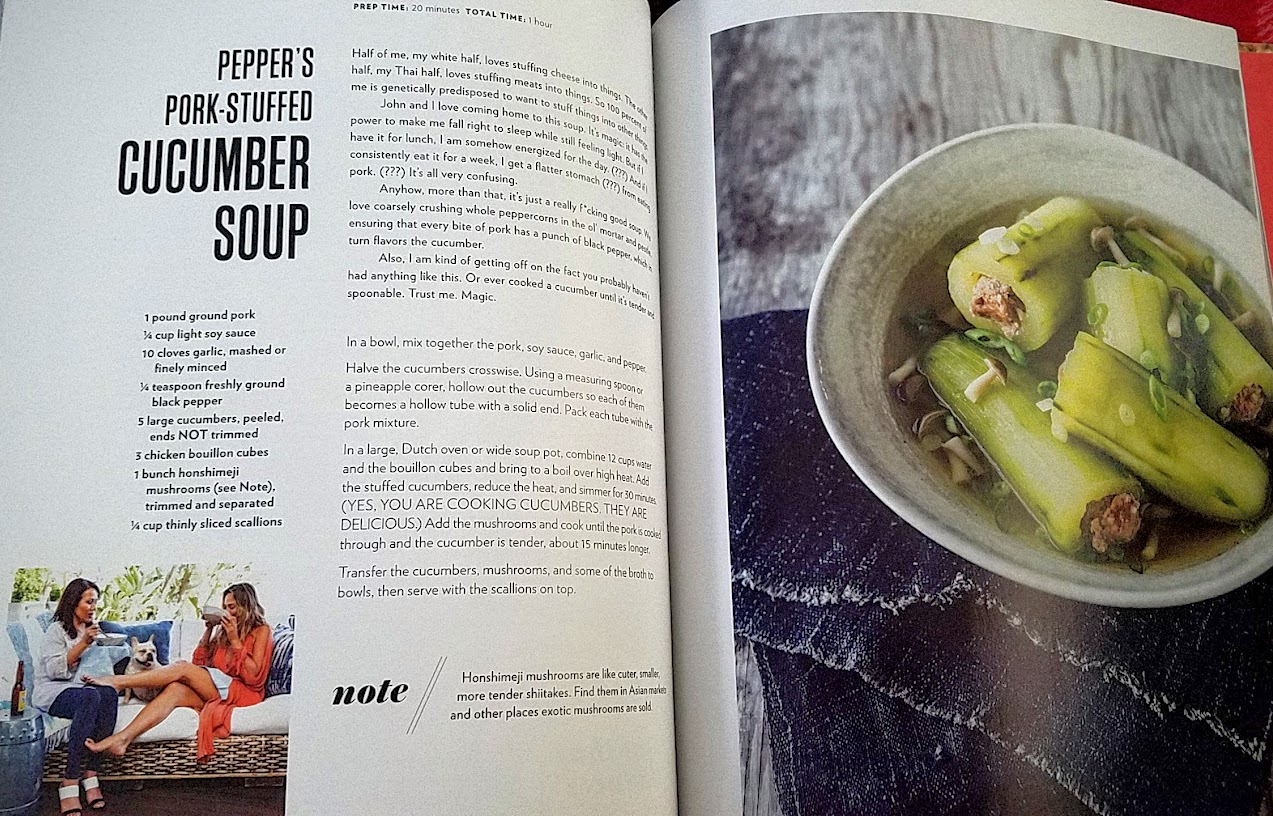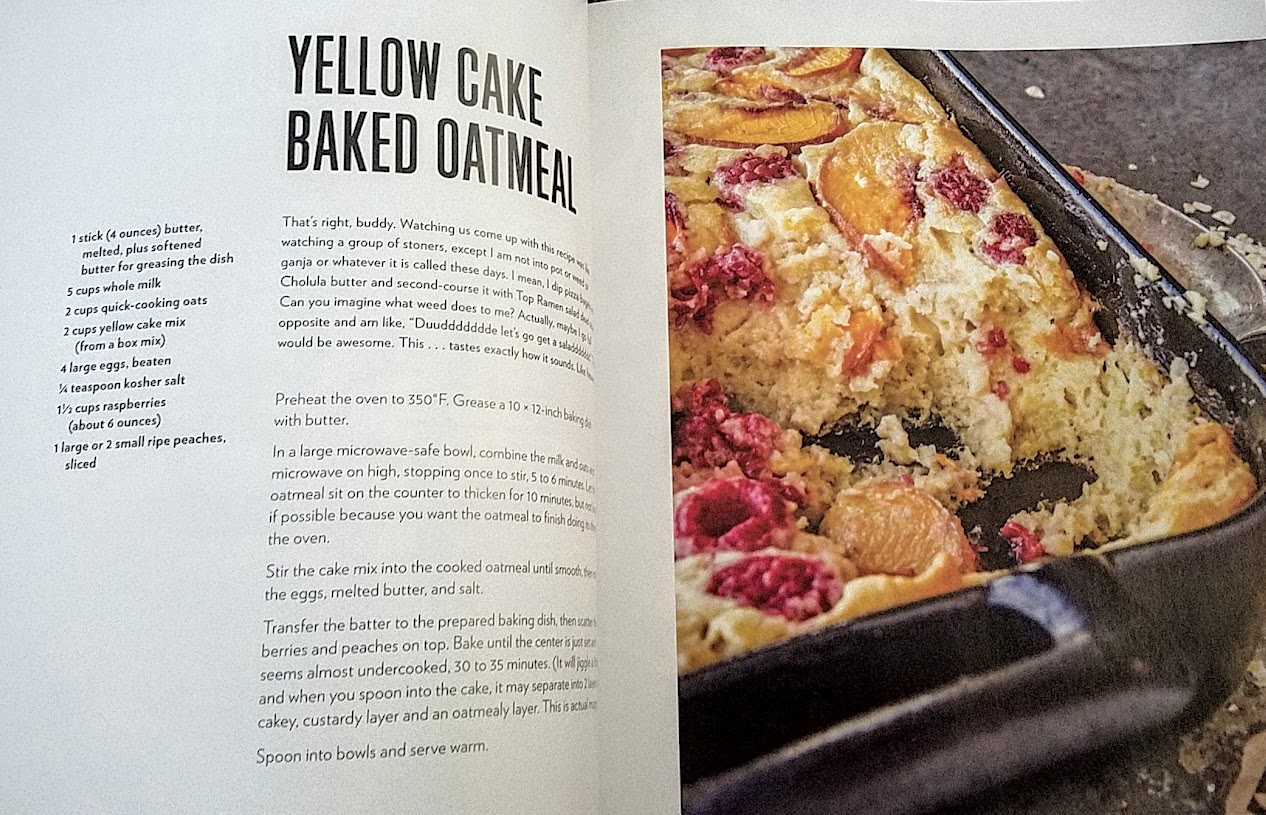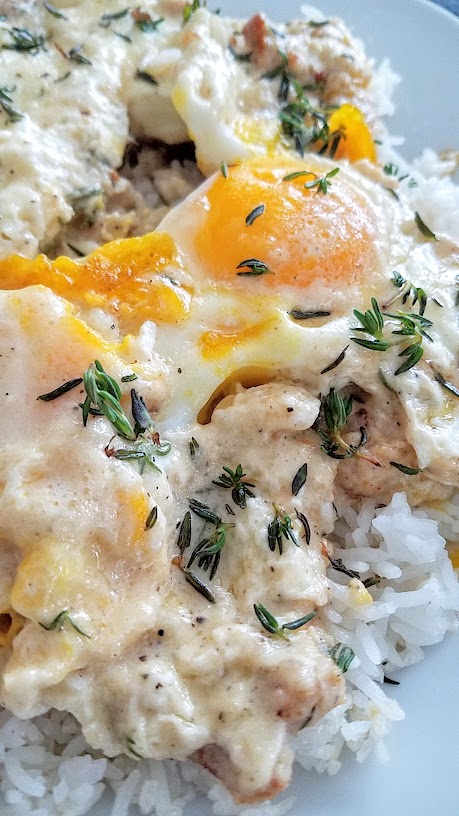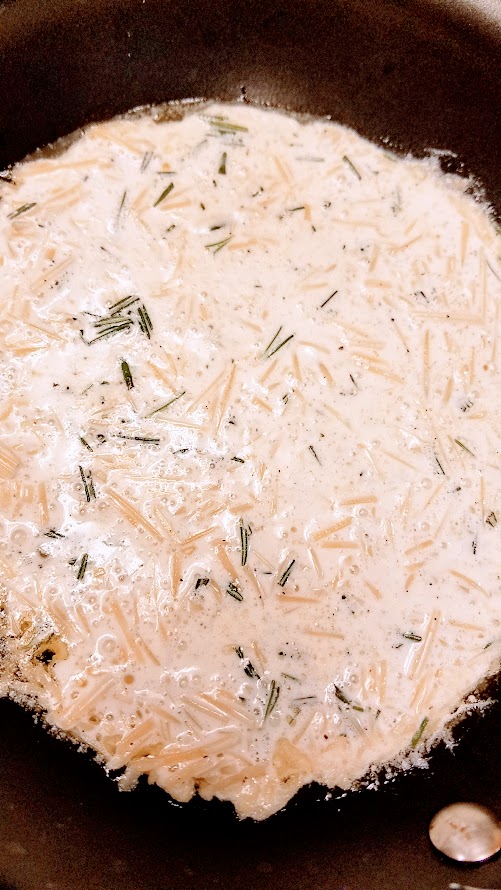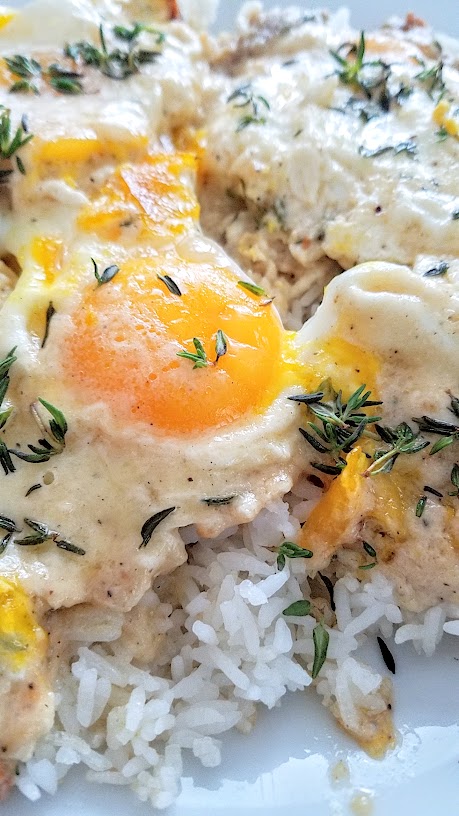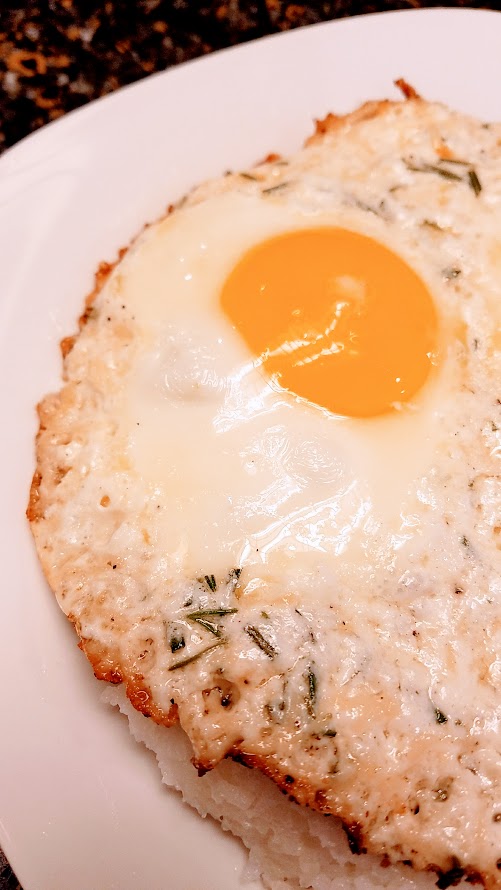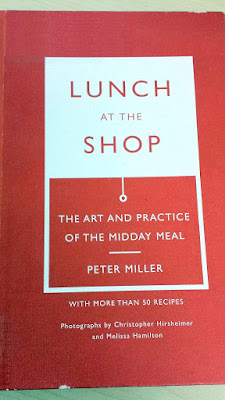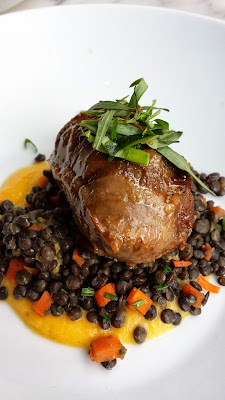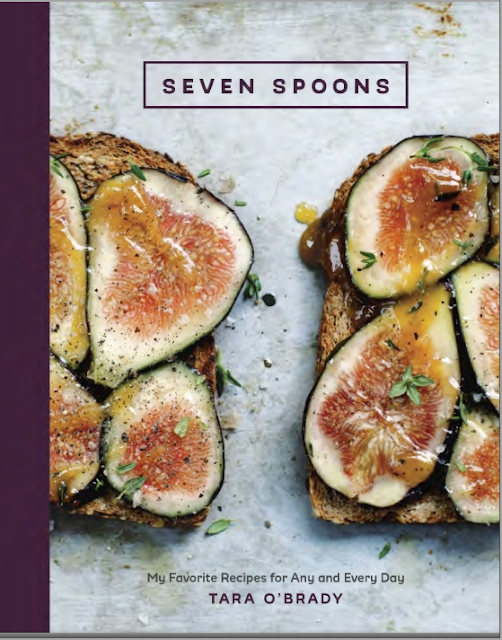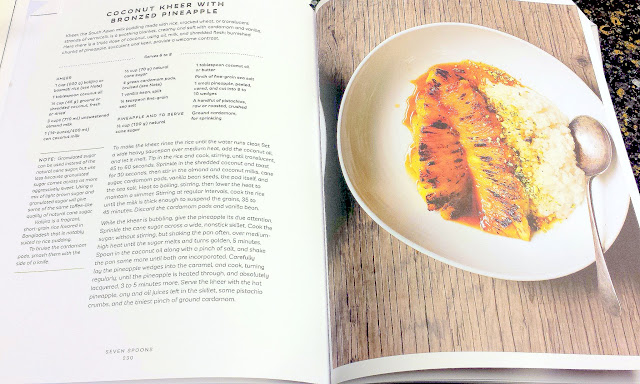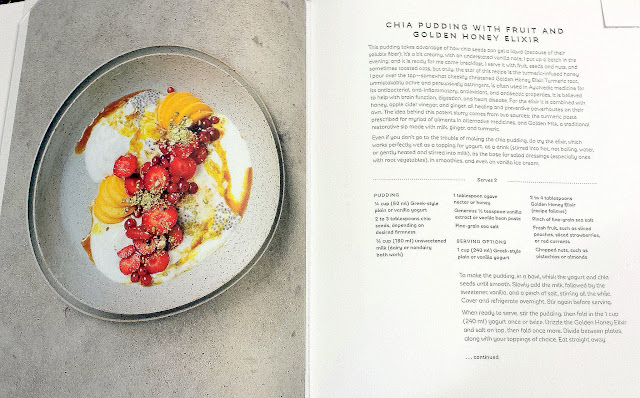Today, I’m going to give you my thoughts as part of A Modern Way To Cook cookbook review, as well as share my favorite recipe I’ve made from the book so far, simple but super tasty Amazing Crackers. I’ve been cooking from Anna Jones’ a Modern Way To Cook for a while because it has so many recipes. The cover promises 150+ recipes which I think underestimates all the idea potential here. Several recipes list variations to substitute a certain seasonal ingredient for another, such as switching out tomatoes with beets. And there are definitely lots of flavor combinations to make tasty dishes.








